READY TO GET STARTED?
REQUEST A FREE ESTIMATE
Fill out the form below or call (888) 466-7849 for a free, no-obligation estimate.
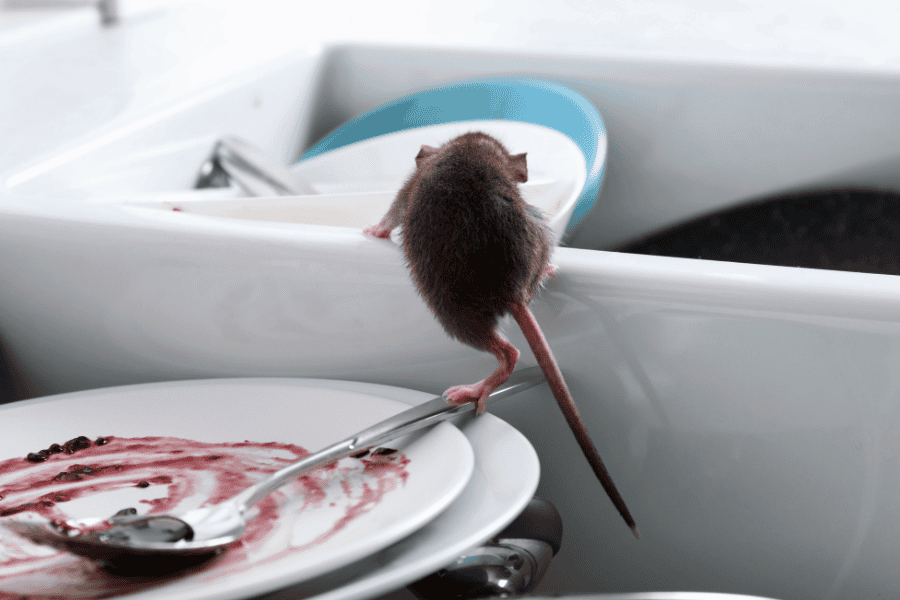
Rats are practically year-round creatures in Florida, seeking your home for a warm place to nest and find a food source. Once these rodents find their way inside your home, they will reproduce quickly, making it difficult to remove them. Here is what attracts rats to your home and easy prevention tips to avoid a future infestation!
Rats are attracted to homes that are both dirty and cluttered. These wildlife creatures look for leftover food crumbs and spills for their food source. Likewise, rats tend to utilize piles of old newspapers or cardboard boxes to create a nest and hide out.
Rats can enter homes through a gap or hole the size of a quarter! If any openings are found, they’ll use it to their advantage to make their way inside your home. You can often find these openings around your foundation, doors, and windows.
Your yard is the first line of defense for avoiding rodents but there could be factors attracting them right onto your property. Leaf piles and deep mulch are the perfect materials for rats nesting sites. Likewise, dirty outdoor grills and open garbage cans can be an invitation for rats to scavenge and find a food source.
Rats need water to survive and will look for any source available in and around your home. If there is a constant supply of water dripping from your pipes, that’s enough for rats to move into your home. Common areas where rats find water include leaky bathroom faucets, pipes in your basement, hose faucets, and even HVAC systems.
One of the biggest rat attractions is any available food source. Leftover crumbs, drink spills, and open food containers in your pantry will all attract rats into your home. Rats are not picky eaters and are attracted to all kinds of food, including meats, vegetables, fruit, and more.
Having a rat infestation can be alarming, not only because of the damage they can cause but also the diseases they can spread. One of the best ways to keep rats from entering your property is to place the preventative measures to deter them in the first place. Consider these tips and tricks to avoid rats:
If you’ve noticed rodent activity at your property or would like to start rodent control now, it’s best to call a pest control company near you. These professionals can provide you with a thorough inspection, rodent identification, and a rodent treatment and removal plan based on your needs.
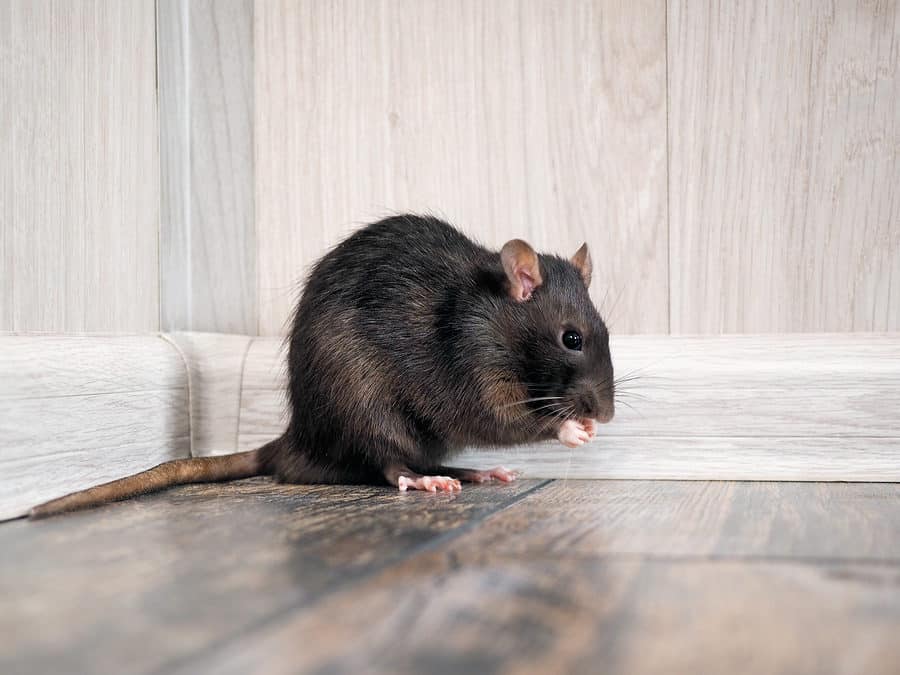
During the colder months, rats are looking indoors for shelter, providing them with warmth and a food source. Once inside, they can not only cause considerable damage to homes by gnawing electrical wires, but they can also pose health risks as they are known to carry bacteria, such as salmonella. To help avoid these pests, every homeowner should utilize preventative measures throughout their house for rodent control.
Keeping the exterior of your home well-sealed is the first step to prevent rats from the inside. Check around the outside of your home for any gaps or holes that are leading inside. Make sure to seal around any openings in the walls, especially utility pipes and vents. Consider installing weather stripping for the gaps in doors and windows.
While outside, look throughout your yard for debris such as piles of leaves or excess woodpiles. Rats will often use these to hide or take cover. Consider keeping your woodpiles 20 feet from your home. Try to keep your shrubbery away from the sides of your home and mow the grass frequently.
Rats are always in search of a food source. Eliminating access to food from your property is another great way to keep them from infesting. If you leave your pet bowls outside, consider bringing them inside to avoid attracting them. Make sure to keep all food, including pet and bird food, in airtight containers. Likewise, make sure your trash cans are sealed tightly and take the garbage out frequently.
Suspecting that you have a rat inside your house is always alarming. It’s best to contact a pest control professional who can inspect your home, identify the type of rat, and set you up with a comprehensive treatment plan.
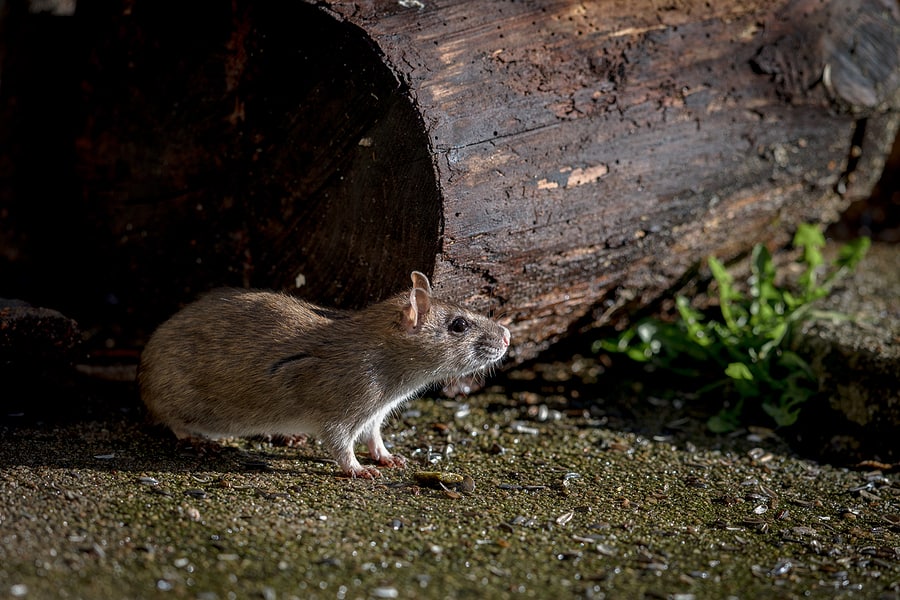
Unfortunately, we haven’t quite gotten over the cold weather yet. Lower temperatures means there are plenty of pests and wildlife creatures looking for warmth inside your home. Common wildlife, such as rodents, can be a major nuisance during the colder seasons. If found inside, these pests can damage electrical wires, insulation, and even spread disease. Identifying the type of rodents that have entered your home is the first step in the wildlife exclusion process.
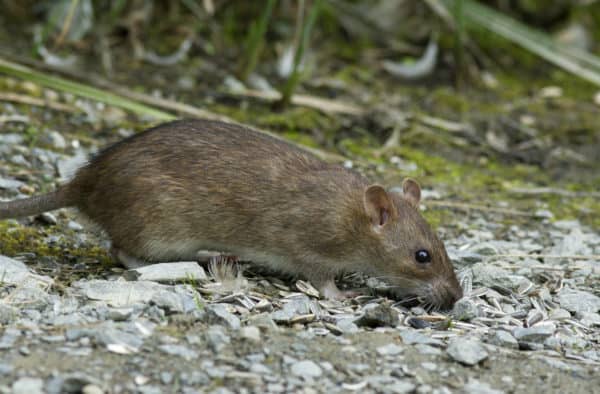
Norway rats are known as one of the largest species of rats, measuring about 10 inches in body length. These rats have thicker bodies with fur that’s usually brown with black shading. In addition to having a pale color underneath their tails, the tail itself is shorter in length when compared to their bodies. Norway rats, if desperate enough, will eat just about any food source they can find, although they prefer to eat meat. If they find food in a particular place, they will continue to return to that same spot. This can make baiting and removing them easier. These rodents make their habitats in burrows but can also be found throughout buildings and in sewer systems.
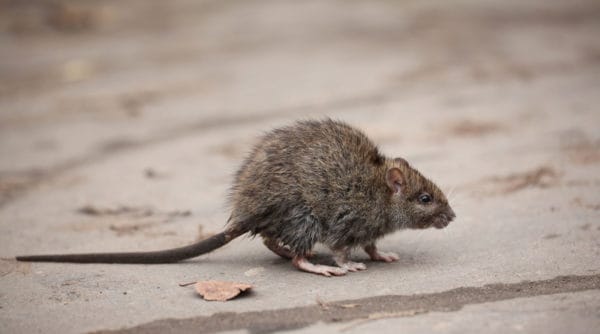
Roof rats have gray fur with black shading and smooth coats. They are about 8 inches long with slender bodies. They have darker tails than Norway rats and they are usually hairless and scaly. These rodents are extremely agile and are skilled climbers. They often prefer higher levels of buildings or homes, hence their name “roof rat.” While they prefer to eat fruit, roof rats will eat any available food source they can find. Unlike the Norway rat, the roof rat will not go back to the same location for food, making them much harder to bait.
Prevention is the key to making sure these rodents don’t enter your home. Use these rodent prevention tips throughout your home to ensure these creatures stay out.
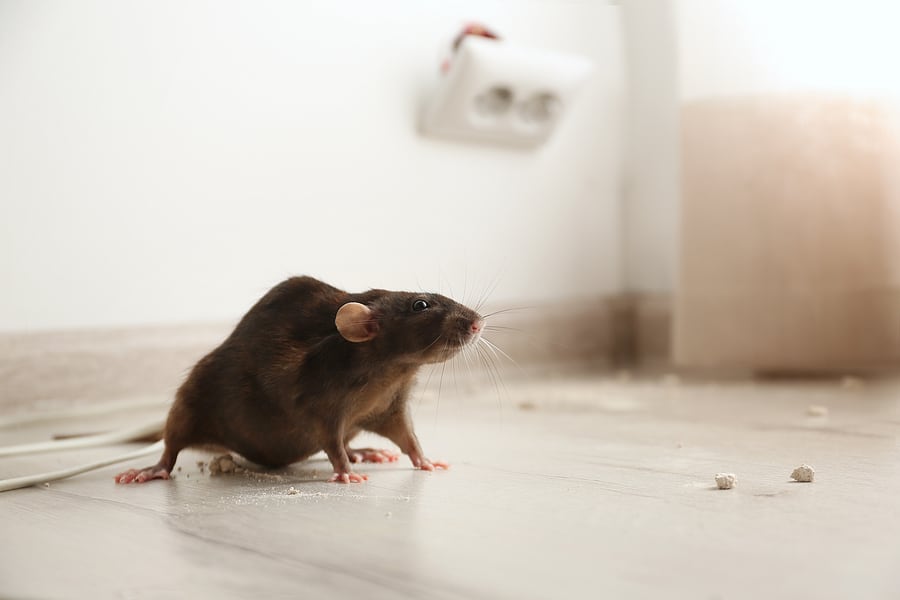
Rodents are one of the most resourceful pests when it comes to getting into your home. Mice and rats can squeeze through the tiniest cracks to gain access and they require very little space to travel inside. Rodents seek shelter indoors, especially during the fall and winter months as they go in search of warmth, food and water. While a rodent sighting can be scary enough, these pests also pose serious hazards to your home and your health. They can gnaw through cardboard, paper, and even electrical wires, putting you at risk for fires. They are known to carry bacteria, like salmonella and hantavirus, and can contaminate your food, kitchen surfaces, and other areas of your home. Even rodent droppings are dangerous – helping spread these pathogens to you and your family.
The first step in rodent control in and around your home is to prevent them from getting inside in the first place. Here are 10 easy tips you can use for preventing mice and rats:
If you do find signs of rodents in your home, best practice is to remove them and prevent re-entry as soon as possible. This is best accomplished by a professional pest control company who can not only eliminate the nuisance pests, but help identify nesting sites and points of entry to help prevent reinfestation in the future.
Don’t Forget the Forgotten Rooms
Avoiding A Winter Wildlife Invasion
9 Energy Saving Tips For Winter

Homeowners can all agree that the idea of having rats inside your home can be very alarming! These rodents can easily sneak into your basement, walls, and even in kitchen cabinets. At first, rats may not reveal themselves to you. However, there are a few clues to look for when you start to suspect you might have rats roaming inside your house.
One sign that you possibly have rats is seeing gnawing marks. Rats are known to sneak behind walls and gnaw on wires. This can be especially dangerous as it can increase the risk of a fire in the home. Make sure to check out any exposed wood inside or around your house for gnawing marks.
Another common sign of rats is seeing their nests. Rats usually prefer to nest underground or in attics and you’ll typically find them in dark secluded areas hidden from any possible disturbances. They commonly build their nests using paper products like cotton, fabrics, wall insulation, or any soft material found in the environment. Rats are also known to leave tracks or rub marks throughout your home while following a trail from their nest to food sources. They will usually leave dark grease or dirt marks along walls and floorboards.
A major sign you’ve got a rat infestation is seeing their droppings. Rat droppings usually measure around 1/8-1/4” long and are generally left behind randomly, but are often found in places where food is stored, such as cabinets or pantries. You can also find droppings inside cardboard boxes, along baseboards, and even on top of wall beams. Seeing rat droppings could indicate that its time get rodent control help from a professional pest control company. Professionals are able to inspect the home and begin the best method of treatment.